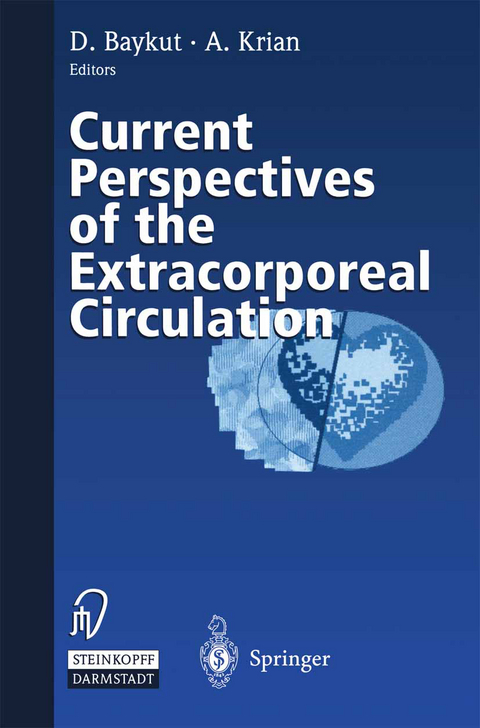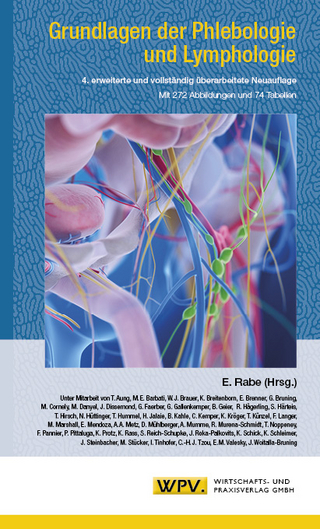
Current Perspectives of the Extracorporeal Circulation
Steinkopff (Verlag)
978-3-7985-1214-6 (ISBN)
The rapid technical improvement of the extracorporeal circulation in the past decades has led to safer, more comfortable and more compatible operations in cardiac surgery and interventions which used to be an adventure are now routine practice. Although most technical variables can easily be accommo dated today, the physical influence of artificial circulation systems on blood and tissue still remains uncertain in many cases. One of our main observations in the use of the extracorporeal circulation is that the prolonged interaction with unphysiological surfaces and forces of ten releases a cascade of blood and tissue reactions, resulting in a complex type of "disease". Thus, the symptoms can range from unspecific pulmonary inflammations to a severe renal failure or from coagulation problems to a heavy cerebrovascular stroke. Based on these facts, an interdisciplinary workshop named "Current Per spectives of the Extracorporeal Circulation" took place in Duisburg, Ger many on March 26, 1999. The rationale behind the word "interdisciplinary" was to make a step for ward to establish a joint field of knowledge which would be capable of link ing the experiences and transfer the know-how of various specialists like car diac surgeons, neurologists, physiologists or the healthcare industry with their contributions to this essential topic from different perspectives.
I. Blood-material interactions.- Rheological effects of blood-material interactions in extracorporeal circulation.- Biocompatibility research on extracorporeal components.- Experimental studies in hemo- and bioincompatibility of artificial surfaces in cardiovascular surgery.- II. Hematological and tissue-related reactions.- Material and circuit related bioincompatibility of cardiopulmonary bypass in cardiovascular surgery.- Alterations of the hemostaseologic system under extracorporeal conditions.- The systemic inflammatory response and myocardial injury during extracorporeal circulation.- Cytokine release regarding different perfusion systems and its effect on S100B protein levels.- SMARXT and blood air interface - a new concept to improve biocompatibility of extracorporeal circuits.- III. Clinical aspects.- Impact of cardiopulmonary bypass circuit on brain dysfunction - detection of microemboli by transcranial Doppler ultrasound: preliminary comparative data on flat sheet vs. hollow fiber oxygenators.- S100B as a diagnostic tool for brain damage after cardiac surgery.- Pathophysiological predictors of the short- and long-term neurobehavioral outcome of cardiac surgery with extracorporeal circulation.- Clinical relevance of the systemic inflammatory reaction related to cardiac operations in children.- Procalcitonin (PCT) in cardiac surgery.
| Erscheint lt. Verlag | 1.1.2000 |
|---|---|
| Vorwort | K.H. Leitz |
| Zusatzinfo | VIII, 136 p. 61 illus. |
| Verlagsort | Heidelberg |
| Sprache | englisch |
| Maße | 155 x 235 mm |
| Gewicht | 218 g |
| Themenwelt | Medizinische Fachgebiete ► Chirurgie ► Herz- / Thorax- / Gefäßchirurgie |
| Schlagworte | Biocompatibility • blood-material interactions • Bypass • Extracorpored circulation • Extrakorporale Zirkulation • hematological reactions • Thoracic Surgery |
| ISBN-10 | 3-7985-1214-0 / 3798512140 |
| ISBN-13 | 978-3-7985-1214-6 / 9783798512146 |
| Zustand | Neuware |
| Haben Sie eine Frage zum Produkt? |
aus dem Bereich


